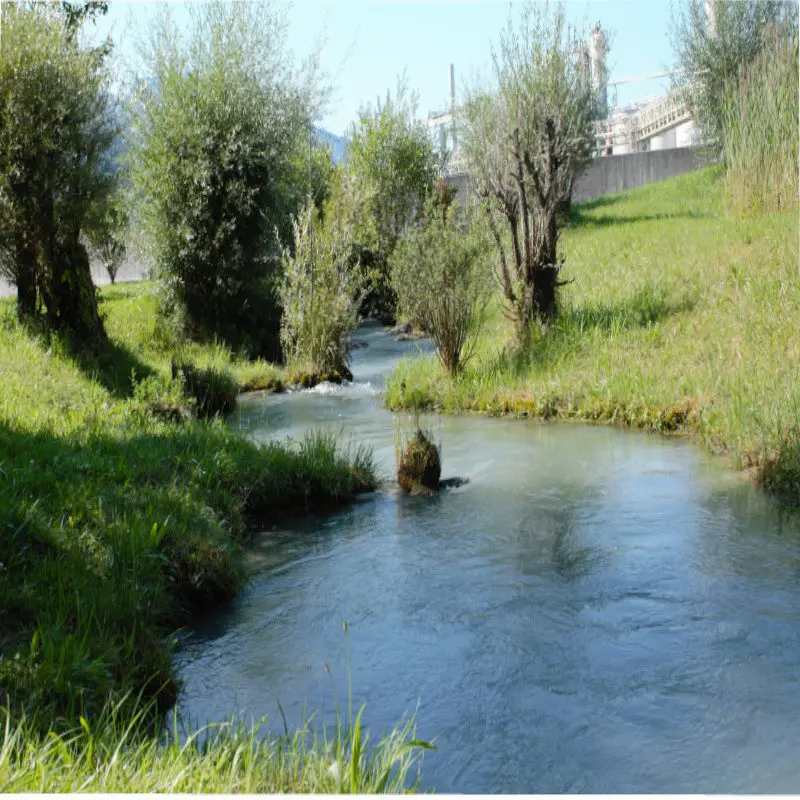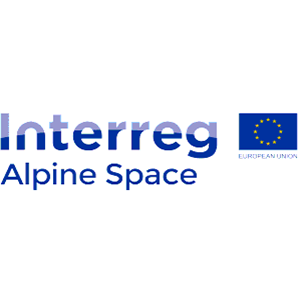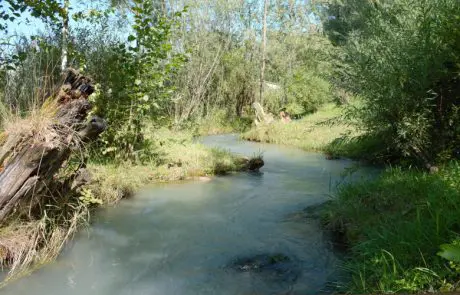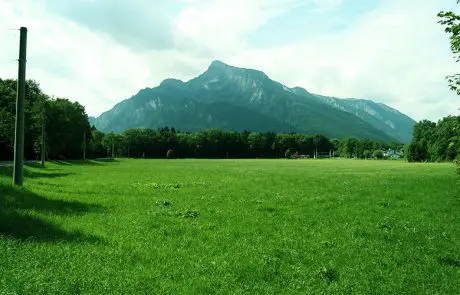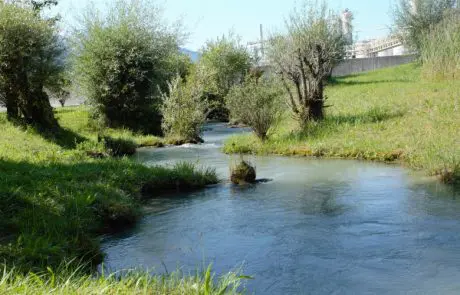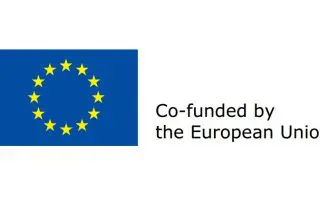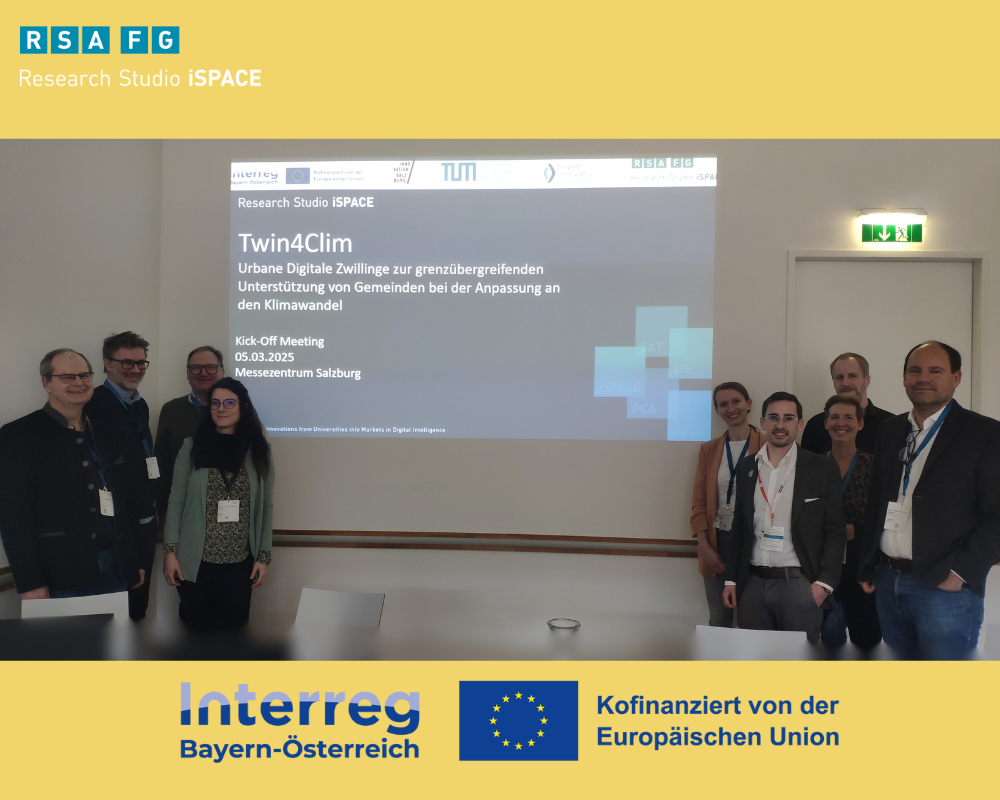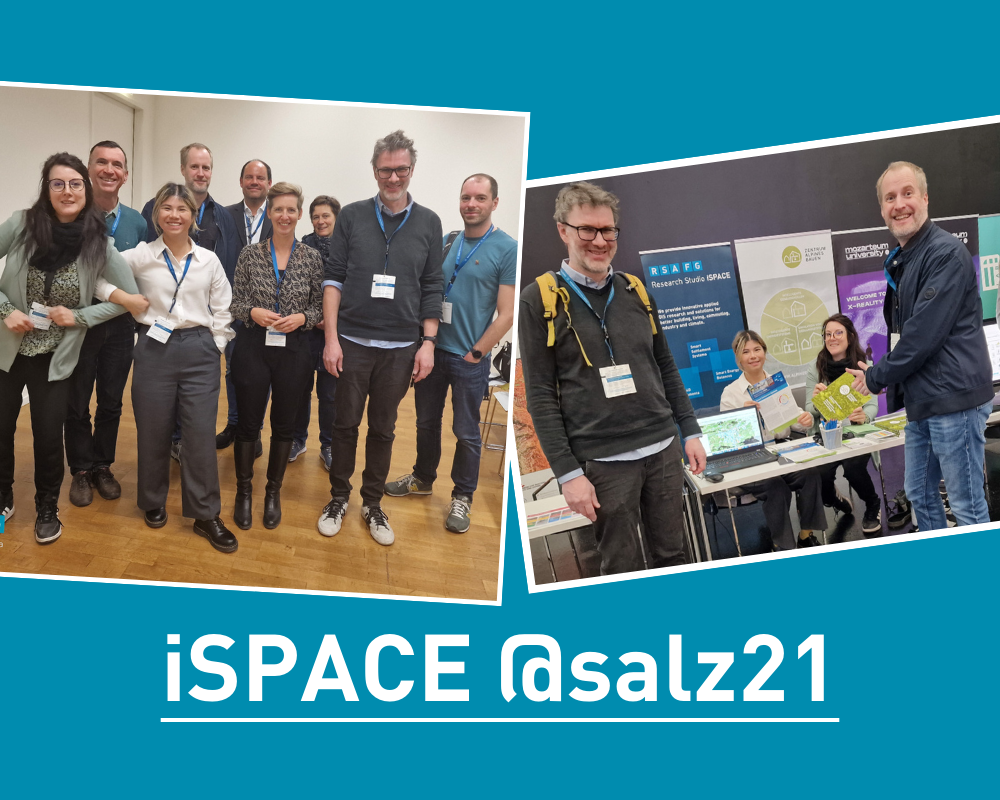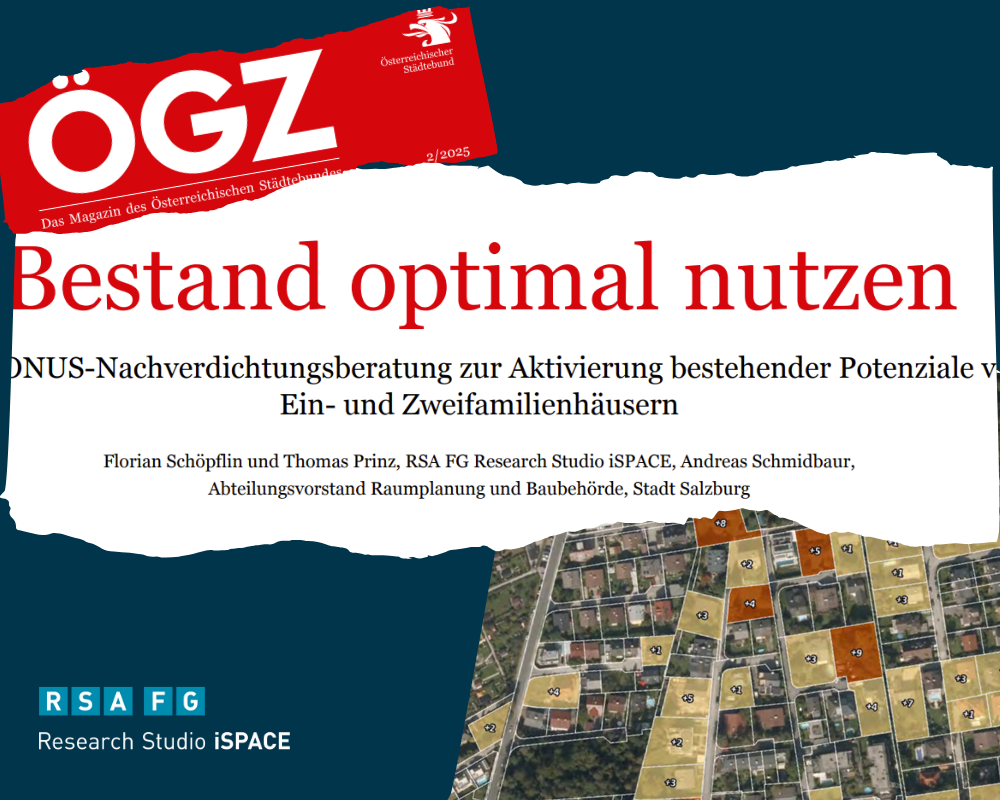Application details
Our competence:
IoT – Assistive Geoinformatics
Studio:
iSPACE 4D ENVIRONMENTS
Website:
www.interreg-central.eu/Content.Node/UGB.html
Contractor:
Green spaces in urban surroundings
2016 to 2019
Greenbelts are particularly important in urban areas in terms of economic, environmental and social aspects. For example, they are able to filter pollutants from the air, reduce heat island effects and, from an economic point of view, have a positive effect on the tourism industry or increase property values. In general, green spaces make an important contribution to improving the quality of life and public health. The importance of urban green spaces is therefore mainly due to their ability to counteract or reduce some of the negative effects in urban agglomerations.
The Urban Green Belts project will first of all define methods for assessing green spaces in urban areas. Furthermore, transnationally reproducible models for urban green space management as well as participatory approaches through which the public is involved in decision-making processes in the field of green space development are to be designed and implemented. The final result of the project is a GIS-based tool for green space management and development. The measures described are intended to contribute to the improvement of the quality of life in urban areas. The entire project work is carried out in cooperation with partners from different countries (Hungary, Slovenia, Poland, Italy, Czech Republic and Croatia). The project is funded by the European Regional Development Fund within the Interreg Central Europe Programme.
Our publications
The Research Team
